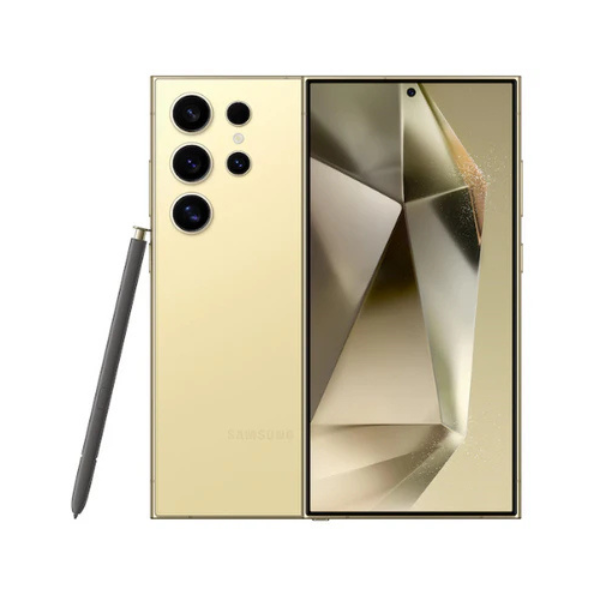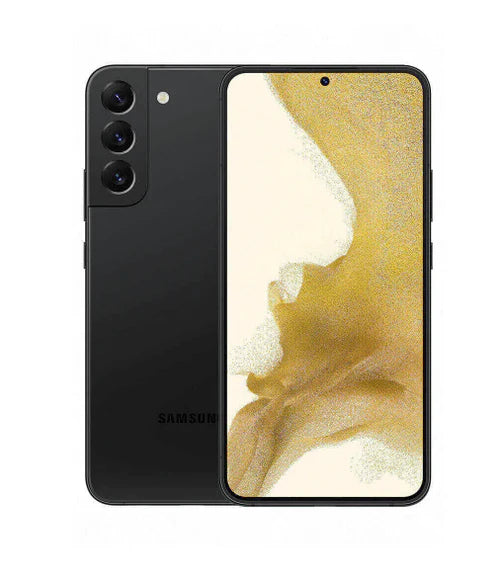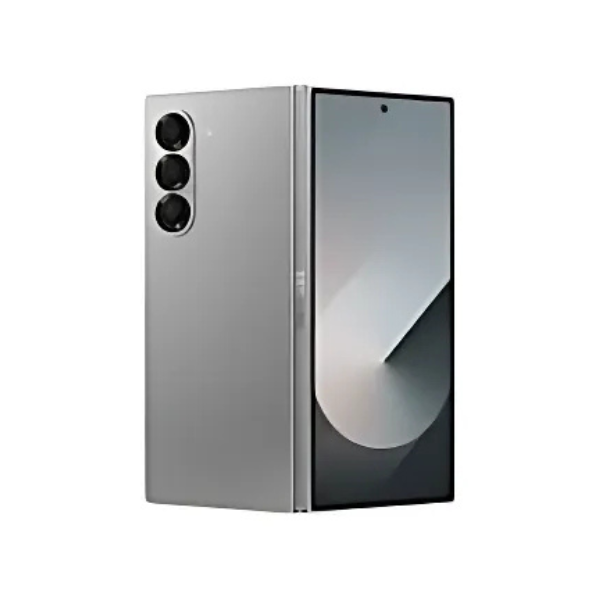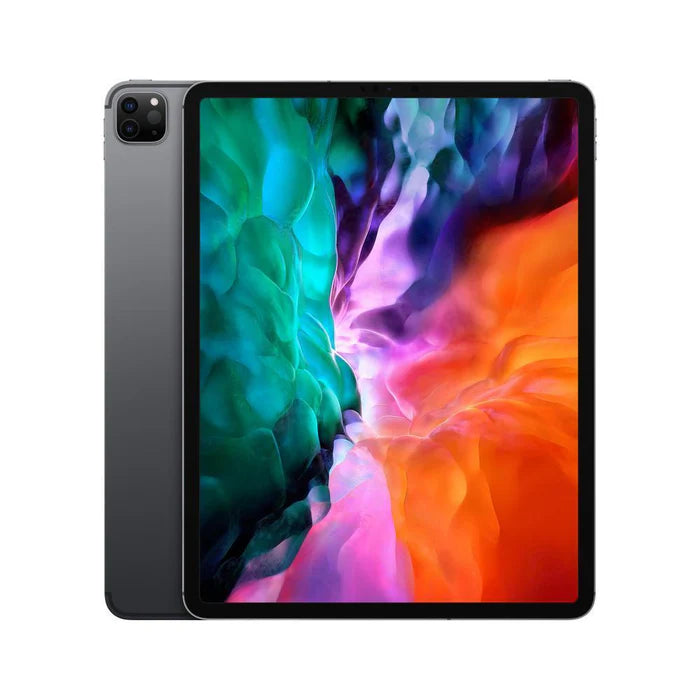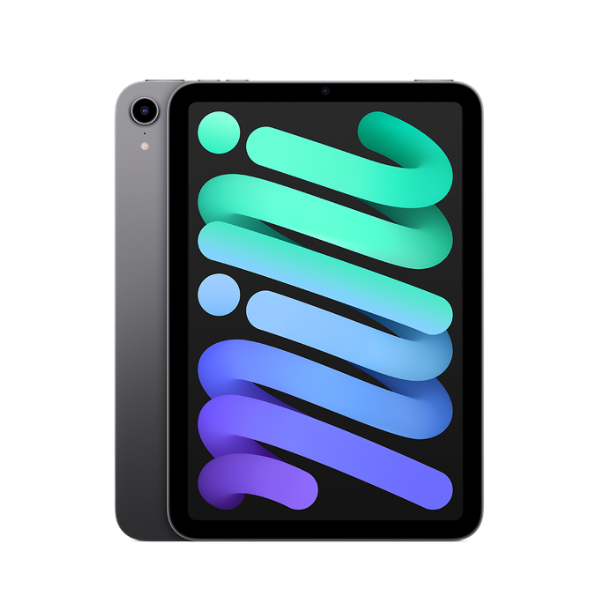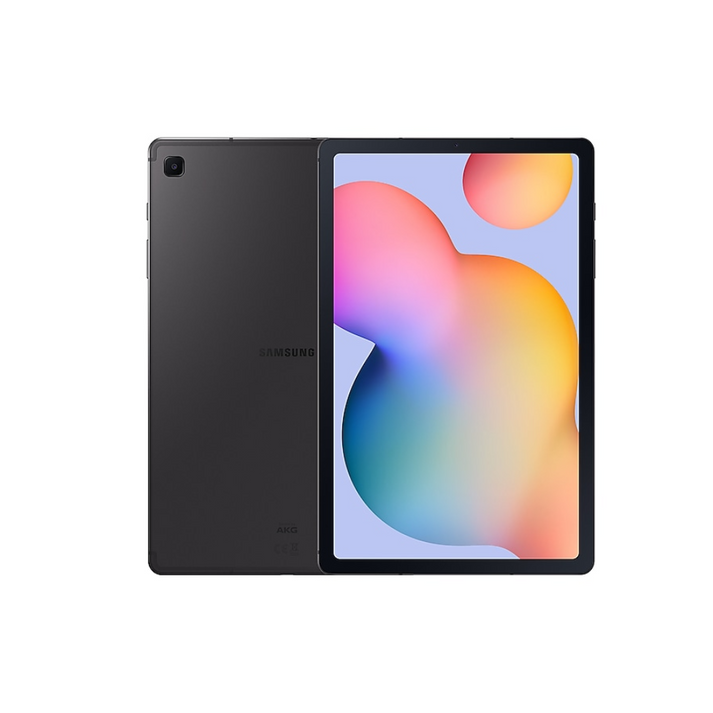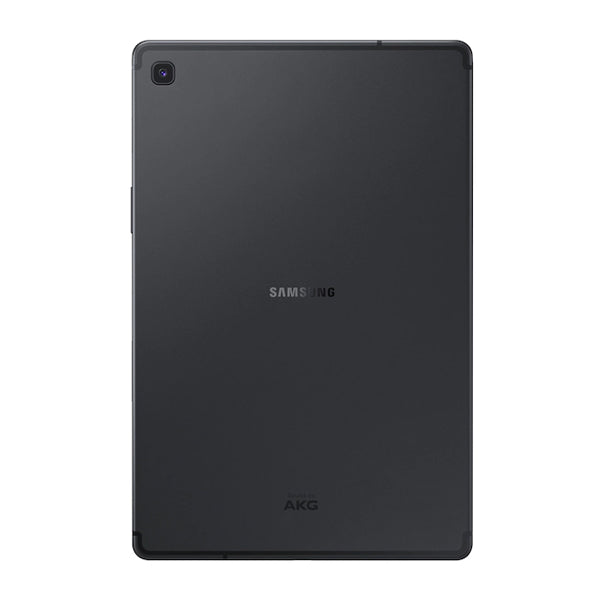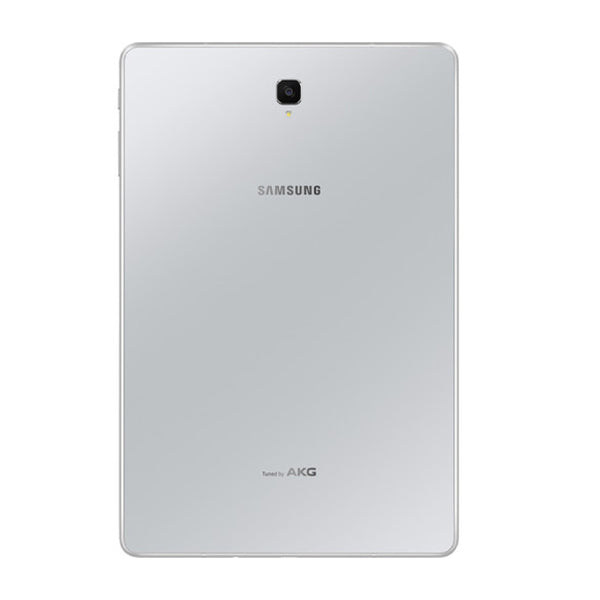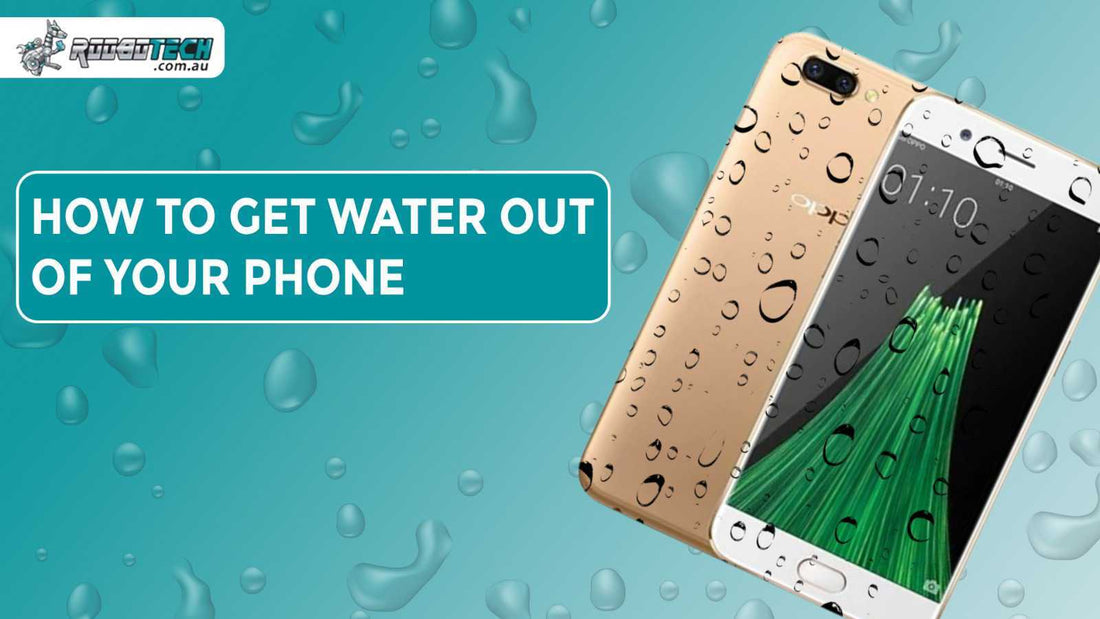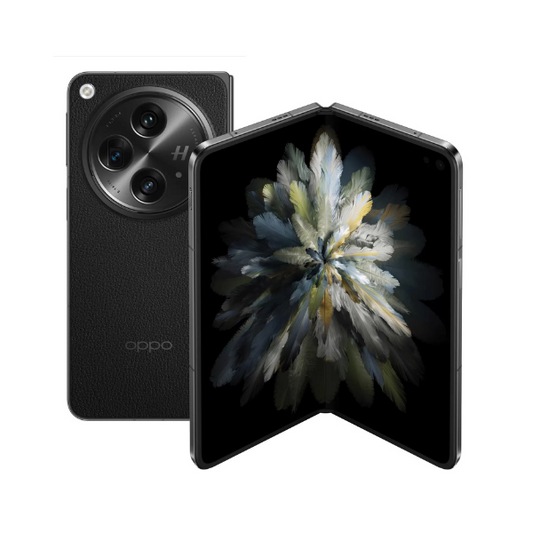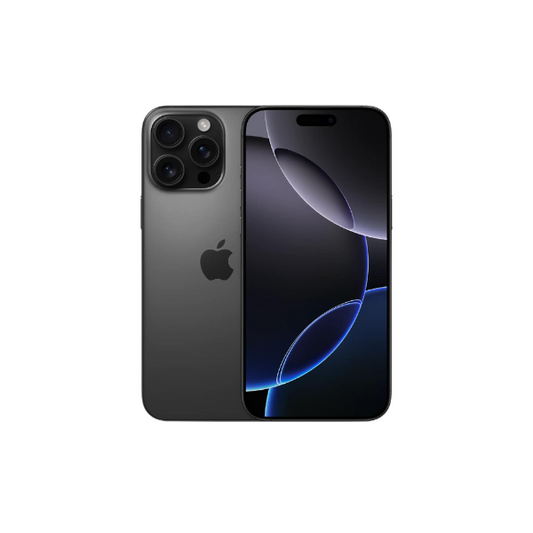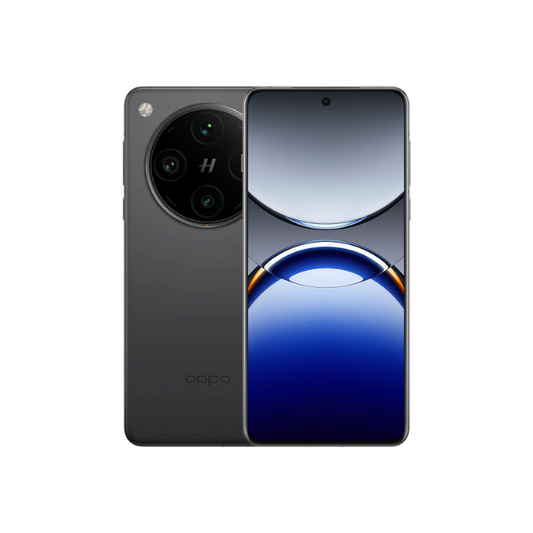Accidentally dropping a phone in water is a common problem that can cause serious internal damage, especially to costly devices like iPhones, Samsung devices, or even Google Pixel models. The moisture can harm the motherboard, battery, and screen if not handled quickly. It can also affect MacBooks and tablets if exposed. The good news is that there are safe solutions for how to get water out of your phone, starting with quick emergency steps, then applying proper drying methods, and finally considering professional repair services if needed.
Immediate Actions to Take After Dropping a Phone in Water
The first step in water removal is to act fast. A phone exposed to water is at risk of motherboard corrosion, battery damage, and screen issues like flickering or unresponsive touch. Follow these emergency phone care steps:
-
Turn off the phone immediately. Leaving the device powered on can trigger short circuits inside sensitive parts and cause permanent damage.
-
Remove SIM card and external accessories. Taking these out prevents further harm to slots, ports, and stored data during the drying process.
-
Pat dry with cloth instead of shaking the phone. Shaking forces water deeper inside, while gently drying the outside helps reduce moisture on the surface.
-
Place the phone in a safe place before applying drying methods. Keeping it still in a dry environment reduces the chance of extra liquid moving inside.
If you own an iPhone 14 or iPhone 15, check whether it has an IP67 or IP68 rating, as this determines its water resistance. However, water-resistant phones are not completely waterproof.
Common Water Removal Methods
There are several ways to dry a wet phone. Each method has advantages and risks.
Rice Method
The rice method is popular but less effective. Rice can absorb some water but may leave dust inside the charging port or headphone jack. Better alternatives exist for drying a phone.
Silica Gel Packets
Placing the phone in a sealed bag with silica gel packets is more effective than rice. Silica absorbs moisture without leaving particles inside delicate parts like the speaker grill or microphone.
Isopropyl Alcohol Cleaning
For corroded motherboard parts, careful cleaning with isopropyl alcohol can help. This method is often used by phone repair shops. However, it should not be attempted without repair tools and expertise.
Vacuum Drying Machine
Some professional repair services use a vacuum drying machine to pull out moisture. This method is recommended when dealing with severe water in phone problems.
Risks of Using Heat
Many people try drying a phone with a hair dryer or air compressor. However, this increases the risk of screen damage, battery overheating, and further pushing water deeper. Avoid using direct heat, as it may cause the LCD screen or OLED screen to malfunction.
Clear Signs That Show Your Phone Has Water Damage
Even after drying, phones may show signs of hidden water damage. Watch for these issues:
-
Distorted sound or muffled speaker. This happens when water reaches the speaker grill or microphone, causing audio to sound unclear or blocked.
-
Screen flickering or unresponsive touchscreen. Water can interfere with the display connectors, leading to irregular brightness or a screen that does not react to touch.
-
Charging issues when plugging into a charger too soon. Moisture in the charging port prevents proper contact and can damage the internal board if charging is attempted early.
-
Phone not turning on. Severe water damage may cause short circuits in the motherboard, leaving the phone unable to power up.
- Overheating battery during use. Trapped moisture affects the battery’s normal function, making it heat up quickly and become unsafe during charging or use.
If these problems appear, a visit to a phone repair shop is necessary. Some phones, like MacBooks or tablets, may also require similar emergency care.
Professional Repair Services for Water-Damaged Phones
If home drying does not solve the problem, seeking professional repair is the safest option. Certified providers such as Apple repair service, Samsung authorized repair, or trusted local shops can handle serious water damage. Services usually include motherboard cleaning, battery replacement, screen repairs, and even data recovery support when files are at risk. Warranty policies vary, as most manufacturers do not cover liquid exposure, but customers in Australia may be able to claim insurance for water damage depending on their plan.
How to Prevent Future Water Damage to Your Phone
Prevention is always better than repair, and keeping a phone safe from water is important. Using waterproof cases gives extra protection in daily use, while avoiding charging in wet areas lowers the chance of accidents. Having absorbents like silica gel nearby can help in emergencies, and noticing early corrosion signs prevents bigger issues later. Investing in protective accessories is a smart choice, especially for newer devices such as the iPhone 16 or Samsung watches.
Conclusion
Learning how to get water out of your phone can make the difference between saving or losing your device. Acting quickly with safe drying methods reduces the risk of corrosion and screen damage. Always avoid heat or risky shortcuts, as they may worsen the problem. For serious issues, professional repair services offer the best chance of recovery. Taking preventive steps in the future can keep your phone safe and functional for longer.
FAQs
How long should I leave my phone in silica gel packets?
It is best to keep the phone sealed with silica packets for at least 24–48 hours, as this gives enough time for moisture to absorb completely before powering it back on.
Can I rinse my phone with distilled water after saltwater exposure?
Yes, a quick distilled water rinse can help flush out salt particles, but it must be followed by careful drying immediately to prevent corrosion or further internal damage.
Does the rice method really work for water in phones?
Rice may absorb some moisture, but it is far less effective than silica gel or professional drying kits and may even leave dust particles inside delicate parts of the device.
Will insurance cover water damage to my phone in Australia?
Coverage depends entirely on your provider and plan, as some policies include liquid damage claims while others exclude water exposure from their warranty terms.
Can data be recovered from a water-damaged phone?
Yes, data recovery services can often retrieve important files if the internal memory is not fully corroded, but recovery success depends on the extent of the water damage.










